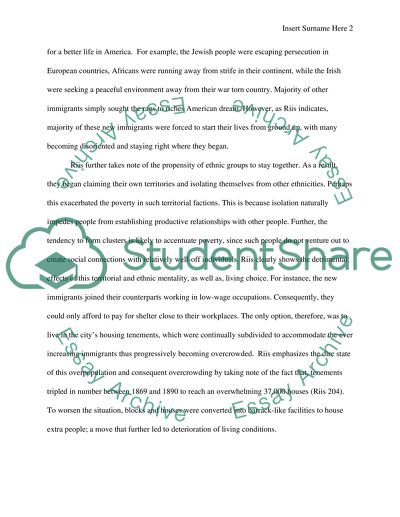Cite this document
(“Jacob Riiss How the Other Half Lives Research Paper”, n.d.)
Retrieved from https://studentshare.org/history/1644943-jacob-riiss-how-the-other-half-lives
Retrieved from https://studentshare.org/history/1644943-jacob-riiss-how-the-other-half-lives
(Jacob Riiss How the Other Half Lives Research Paper)
https://studentshare.org/history/1644943-jacob-riiss-how-the-other-half-lives.
https://studentshare.org/history/1644943-jacob-riiss-how-the-other-half-lives.
“Jacob Riiss How the Other Half Lives Research Paper”, n.d. https://studentshare.org/history/1644943-jacob-riiss-how-the-other-half-lives.


